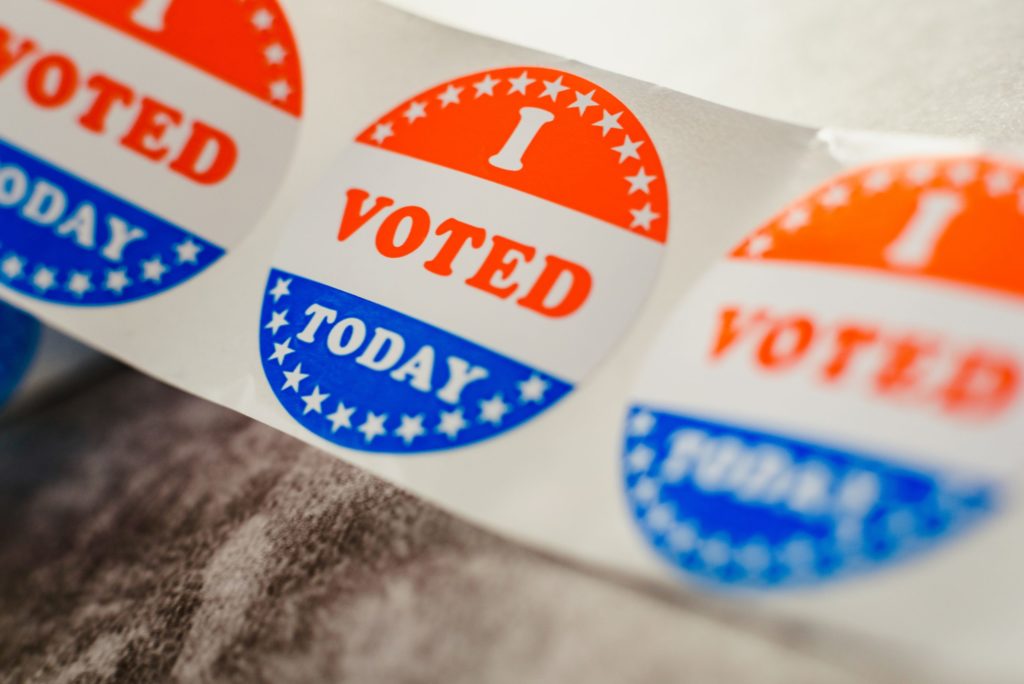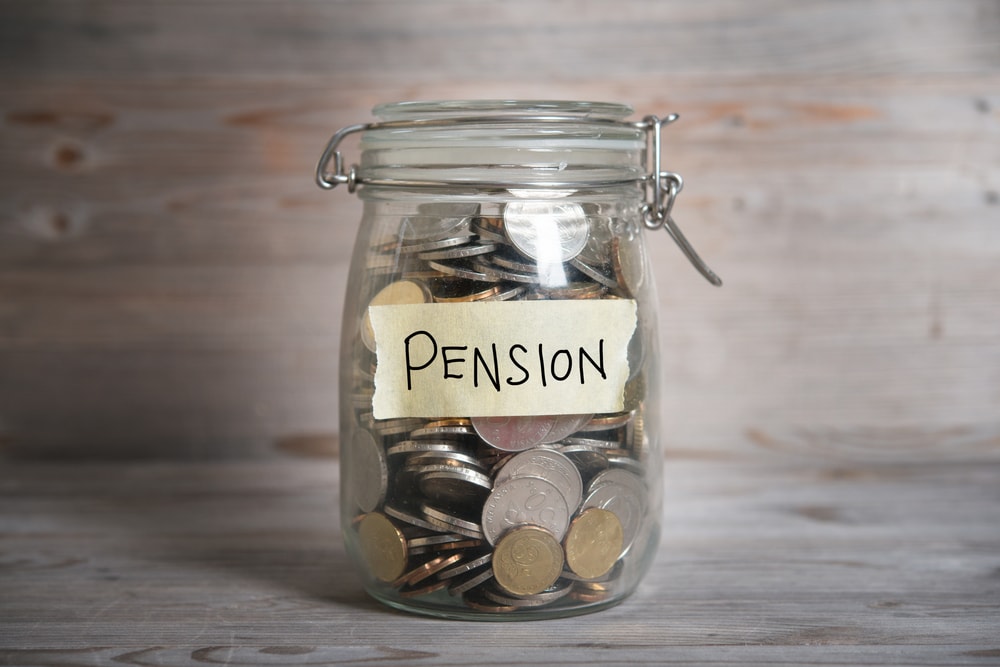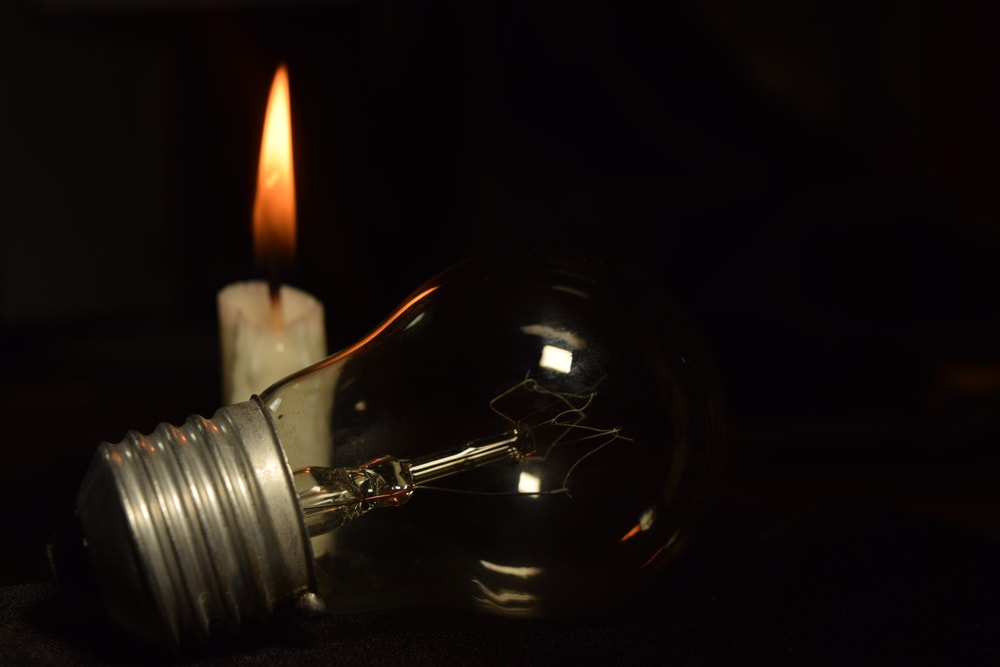What Is the Green New Deal?
Democrats’ big new idea is the Green New Deal. Coined by Tom Friedman in 2007, the term has reemerged courtesy of Alexandria Ocasio-Cortez, the charismatic freshman congresswoman from the Bronx.
The exact composition of the Green New Deal is a matter of debate, after early descriptions of it appeared to include calls for the eventual elimination of cows (a source of methane) and subsidies for those “unwilling” to work (why not). To judge from the congressional resolution introduced by Ocasio-Cortez and Senator Edward Markey (D., Mass.), the Green New Deal promulgated through official channels is hardly less ambitious. It would meet “100 percent of the power demand in the United States through clean, renewable, and zero-emissions energy sources” and would upgrade “all existing buildings” with state-of-the-art energy-efficiency technology. All this “should be accomplished through a 10-year national mobilization.” That number is perhaps missing a zero.
The energy industry already makes enormous investments just to keep the lights on and vehicles fueled. Producers, refiners, and marketers of oil and gas spent an estimated $184 billion in new capital investment just last year. Regulated energy utilities spent $131 billion. These hundreds of billions of dollars are only the incremental capital spending for a single year, and they also do not include the costs of operating the system, such as labor. By comparison, the stimulus package that followed the 2008 recession included just under $50 billion for energy programs. (It was this tranche of spending that, infamously, granted $535 million to the failed solar venture Solyndra.) Any Green New Deal that attempts to reorder the state of American energy production and delivery must have a monumental scale.
Thus does the Green New Deal include “guaranteeing a job” to “all people of the United States.” It calls for direct public funding and ownership of green projects through public banks. To this it adds assurances of “economic security” and “high-quality health care.” And a large helping of social justice: A Green New Deal must “promote justice and equity by stopping current, preventing future, and repairing historic oppression of indigenous communities, communities of color, migrant communities, deindustrialized communities . . .” — well, you get the idea. The body of the Green New Deal is direct government investment in renewables; its appendages are virtually all other progressive policies dreamt up over the past five decades.
Or as the editors of the Brooklynite progressive magazine n+1 put it, the first thing to do is “Manhattan-Project the implementation of clean energy sources and immediately stop burning fossil fuels.” Then, in the next sentence: “We also need to ditch the patriarchal models of wealth and status reproduction that have been constitutive of nearly all expansionist, war-making, and resource-depleting societies of the past ten thousand years.” Oh, is that all?
This Green New Deal is outlandish, but it has a vocal cheer squad. About 600 environmental organizations, most of them local grassroots outfits, have signed on to this program, although hefty national players — the Natural Resources Defense Council, the Sierra Club, and the Environmental Defense Fund — have sat it out while emitting blandishments about the passion of the youth. Activists working under the title “Sunrise Movement” have made sure that supporters are there to put House leadership and Democratic presidential aspirants on the spot.
But of course pols are slippery. After Sunrise Movement crashed her announcement rally with a banner demanding her support for the Green New Deal, Kamala Harris the next week had a telling exchange in a CNN town hall. An Iowa voter asked, “Will you fully endorse the Green New Deal tonight?” The California senator replied, “I support a Green New Deal” — a careful use of the indefinite article. In recent weeks, a bevy of Democrats eyeing the 2020 primaries have fallen over one another either to mouth the words “Green New Deal” or to invent synonyms therefor. Kirsten Gillibrand said America needed a “moonshot” effort. Elizabeth Warren, Cory Booker, and Julián Castro have all signed up. Bernie Sanders and Washington governor Jay Inslee have long treated climate change as among their foremost issues. None has pledged anything close to what the Green New Deal activist set are championing. But they will have to deliver something.
We have seen this movie before, with the intra-Democratic health-care debate. Progressives championed the expansion of direct government funding on health care in the form of a single-payer system. The policy was moderated — or bastardized, call it what you like — to expand Medicaid and other government insurance programs and to ordain coverage mandates but otherwise to rely on big pharma and insurance firms to provide service, and obtain the rents, from the newly ordered health-care economy.
More even than the health-care industry, the energy marketplace consists mostly of local monopolies and other very large companies. They await any policy proposal, not scared of the prospect of new programs and regulations so much as they are eager to co-opt them. Utilities in particular fit this mold. They have captive customers, so they have no great reason to worry about the price effect of government policies. Indeed, many of the most lucrative utilities have seen mini–Green New Deals emerge in states where they operate. The play is at this point quite common. A green coalition emerges demanding more clean energy and less coal- and natural-gas-fired electricity generation. Politicians endorse it. The bumper-sticker message — e.g., “80 percent renewables by 2040” — polls well enough that the utilities think it will pass. And then the utilities swing into action. They bargain with environmentalist groups to present a legislative package to retire fossil-fuel assets and embark on a renewables spending bonanza, usually financed by surcharges on customer bills. This core bargain then becomes a platform for all comers to insert their asks: labor unions, electric-vehicle advocates, technology-development firms looking for a carve-out, and local governments that want investments earmarked to them. The price tag grows, and all of the costs end up flowing through the rates that government regulators permit utilities to charge their customers.
To give but one example of the phenomenon: Last year the Virginia assembly passed a law that included a carve-out for offshore wind development. The eventual no-bid project, to be owned by the monopoly Dominion Energy, clocked in at $300 million for twelve megawatts. An onshore project of the same size would cost one-quarter of that price or less. But when you multiply Dominion’s shareholder investment by the standard 9.4 percent return that Virginia’s regulators have authorized for it, you see that it pays to spend more on less efficient projects.
If government commandeers the energy industry for a Green New Deal, that sector stands to profit enormously under a business model that rewards uneconomic investments. These state mini–Green New Deals are not so much a transition to least-cost sources of clean energy. They are vehicles to deliver favors with a green gloss. This type of bargain has passed legislatures or been approved at the ballot box in about a dozen states.
If Republicans do not come up with a persuasive policy response to such dealmaking, it portends to be the eventual model for a federal Green New Deal — not the one progressives want but, as with health care, the one they’ll have to live with after the sausage-making is done. Republicans have often supinely capitulated to state-level energy-policy logrolling because too many of them view the utility as a trustworthy example of private business rather than as an instrumentality for perverse incentives. The GOP includes a skeptical camp, too. But all too often it traffics in an explicitly anti-clean-energy message, raving about climate science, the shadow flicker of wind farms, and the electromagnetic field of smart meters. The atmospheric concentration of greenhouse gases has not been higher since the dawn of human civilization than it is today. No debate about the niceties of climate science can eclipse this basic fact. It is prudent to encourage the development of power plants that emit no greenhouse gases, or less of them.
Fortunately, there is a more persuasive and elegant response to the Green New Dealers than what many Republicans have been pitching. Democrats have said that consumers are demanding clean energy. They then have demanded massive government programs to invest in it — or to co-opt monopolies to do it for them. Why not instead, if consumers are demanding clean energy, adopt policies that would make it easier for them to get it through their own choices?
What the United States needs is not a Green New Deal. It needs a Customer Empowerment Act. Only 13 states allow all customers a choice of electricity supplier. About a dozen more offer limited options, mostly for large customers, to exit a utility’s supply monopoly. There is today no technical reason utilities should not simply act as poles-and-wires companies, their network a marketplace for power generators and retailers to sell to customers who are free to select the product that works best for them.
A Customer Empowerment Act would include an option to select clean energy. Virtually every big tech company, and corporations such as Anheuser-Busch and even ExxonMobil, have directly contracted with renewable generators. But this bypass of the utility monopoly remains closed to smaller and midsized customers in most states.
Progressives will complain that customers’ own choices will not move the dial quickly enough on climate. Yet if all one may realistically expect from a Green New Deal is low-boil, inefficient rent-seeking, then customer choice is a better route even for those to whom decarbonization is paramount. This is because the cost of certain renewables is indeed falling. Lazard, the investment-analysis firm, publishes an annual “Levelized Cost of Energy Analysis.” In 2018, it finds, the unsubsidized cost of a new onshore wind farm ranges from $29 to $56 per megawatt-hour. This compares with a midpoint of $36 per megawatt-hour for operating fully depreciated, existing coal plants. Simply put, in certain places, renewables are least-cost — a stunning reversal from a decade ago, when those technologies were a boutique product. In such circumstances, government should get out of the way of consumers, not interject itself in the middle of things.1
Of course, renewables do not have a low price in all locations, and a Green New Deal that focused on regional or racial equality would not provide an efficient allocation to the most affordable set of renewable resources. A marketplace would. Where renewables are a higher-cost alternative, consumers who are less price-sensitive could buy clean energy at a premium to earn some green cred. Unlike a utility-regulatory model, the marketplace would mean that those costs were borne by those customers and not by others. In any case, a marketplace where a sufficient number of customers want clean energy but also demand inexpensive prices will deliver an appropriate balance of both.
New Deal interventions by government have a bad track record when it comes to energy. Germany has increased, not decreased, its carbon emissions as its government has mandated the purchase of high-cost renewables even while shutting down nuclear generation. China’s command energy economy has inevitably been used to achieve economic, not climate, goals. And, finally, our country’s own New Deal, version 1.0, offers a telling history: Its environmental component was intended to promote small-time farmers, especially in the American West, but it was quickly captured by special interests that to this day enjoy special privileges over the region’s scarce water resources. The West is a drier, less ecologically diverse place because of it. Green is not a color that befits most New Deals, unless you’re referring to their pecuniary aspect.
Image from Shutterstock






